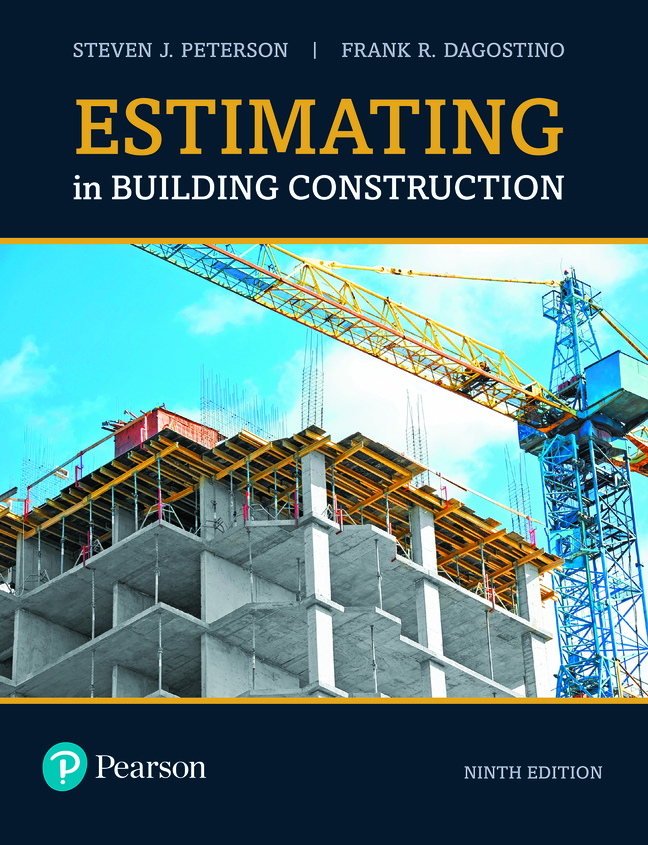Embark on a journey of financial precision in New Jersey construction projects as we explore the significance and application of the “Construction Schedule Of Values Template.” Uncover the power of this tool in enhancing financial control and ensuring seamless execution in the dynamic construction landscape.
Introduction: Unveiling Financial Mastery with the Construction Schedule Of Values Template
In the realm of New Jersey construction, mastering financial management is key to project success. This article aims to elucidate the importance and effective utilization of the “Construction Schedule Of Values Template” for construction professionals navigating the intricacies of the industry.
Construction Schedule Of Values Template: An In-Depth Look at Financial Planning
Navigating Financial Waters – Unraveling the Construction Schedule Of Values Template
Dive into the functionalities and advantages of the Construction Schedule Of Values Template, specifically tailored for New Jersey construction projects.
1. Defining the Construction Schedule Of Values:
Establishing Foundations – Defining the Construction Schedule Of Values in New Jersey
The Construction Schedule Of Values acts as a comprehensive financial breakdown, categorizing costs for New Jersey construction projects. This meticulous categorization ensures transparency and accountability in budget allocations.
2. Categories and Cost Breakdown:
Precision in Breakdown – Categories and Cost Breakdown for New Jersey Construction Projects
Effective financial management demands a detailed cost breakdown. The template categorizes expenses, including labor, materials, equipment, and overhead, offering a structured approach to tracking and analyzing project expenditures.
3. Progress Billing and Payment Tracking:
Financial Milestones – Progress Billing and Payment Tracking for New Jersey Construction Projects
Tailored for New Jersey projects, the template aligns payment milestones with construction stages, ensuring that payments correspond to achieved project milestones. This feature aids in maintaining financial equilibrium throughout the project.
4. Change Order Management:
Adapting to Change – Change Order Management in the New Jersey Construction Schedule Of Values Template
New Jersey construction projects often encounter changes. The template seamlessly integrates change orders, accommodating modifications while maintaining financial clarity and adherence to the original plan.
5. Resource Allocation and Optimization:
Resource Efficiency – Utilizing the Schedule Of Values Template for Resource Allocation in New Jersey
Optimizing resource allocation is crucial in New Jersey construction projects. The template provides a structured overview, allowing for efficient resource management and enhanced project efficiency.
Challenges and Solutions:
Overcoming Financial Challenges – Solutions for Effective Schedule Of Values Management in New Jersey
- Compliance with New Jersey Regulations: Ensuring the template aligns with New Jersey regulations is imperative. Regular updates and legal consultations can address this challenge.
- Collaborative Communication: Effective communication among project stakeholders is vital. Employing collaborative tools and regular meetings can bridge communication gaps and ensure everyone is aligned with the financial plan.
Conclusion: Empowering Financial Excellence in New Jersey Construction
As we conclude our exploration of the “Construction Schedule Of Values Template” tailored for New Jersey construction projects, its role in fostering financial transparency and control becomes evident. This tool empowers construction professionals to navigate the financial landscape with precision, making informed decisions and ensuring project success.
Armed with insights from the Construction Schedule Of Values Template, New Jersey construction projects can achieve financial mastery, optimizing resources and maintaining fiscal responsibility.



Leave a Reply